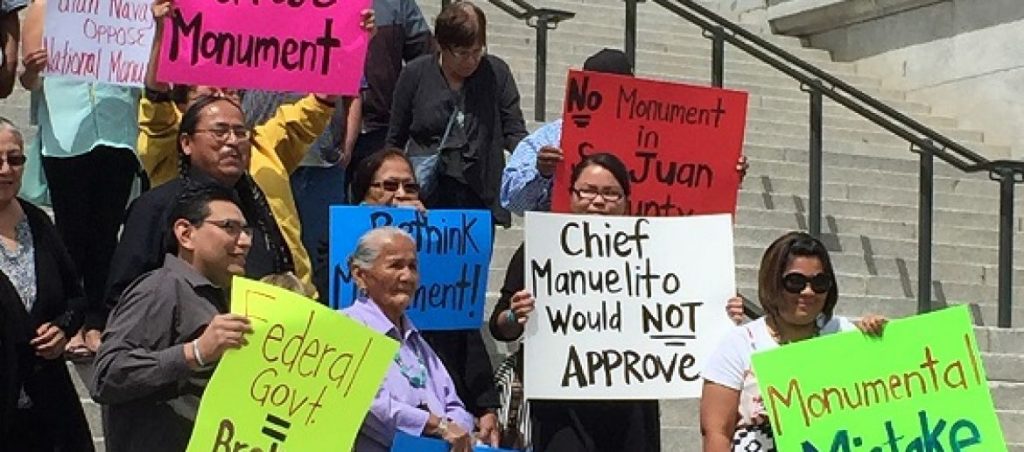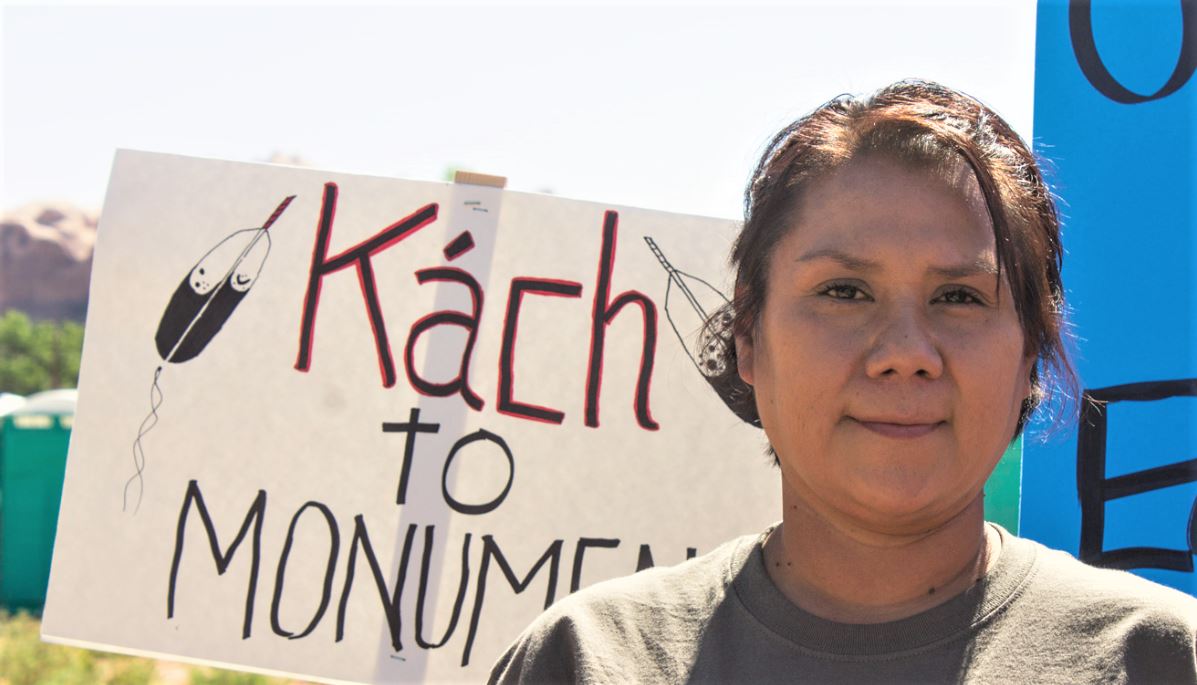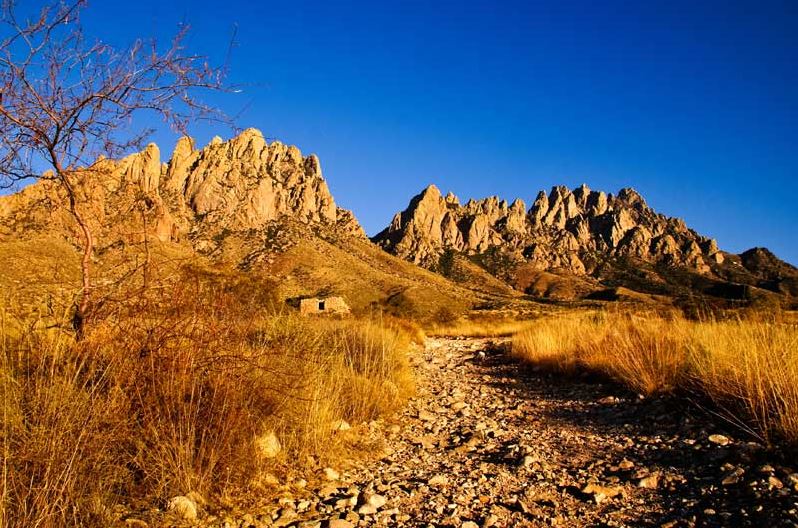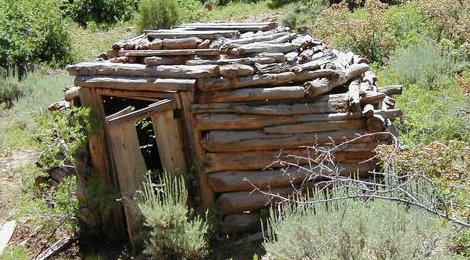“Traditional Utah Navajo people are not magazine environmentalists but are real stewards of the land whose interests will be destroyed by a Bears Ears National Monument. Grassroots Utah Navajo people do not support this effort to convert our sacred lands into a federal designation that will subjugate them to micromanagement by bureaucrats in Washington DC.” ~San Juan County Commissioner Rebecca Benally~
From the press release issued by the House Committee on Natural Resources
On Tuesday, May 2, the House Committee on Natural Resources held a hearing on the Antiquities Act and its abuses of recent decades, especially those instances in which it has been used as a weapon to confiscate vast swaths of lands and waters, and the natural resources contained therein.
“Examining the Consequences of Executive Branch Overreach of the Antiquities Act”
More detail from the hearing, including names of witnesses and submitted commentaries are available in the Hearing Memo:
Policy Overview
- Presidents of both parties have exceeded the intent and law of the Antiquities Act since its enactment in 1906 to designate increasingly large and restricted areas of land.
- Originally intended to protect rare, sacred Native American burial grounds and endangered archeological sites, Presidents now routinely use the Antiquities Act to lock up millions of acres of land and water from public access, energy development, timber production, grazing, fishing and other uses.
- President Obama’s excessive use of the Antiquities Act locked up nearly 554 million acres of land and water–more than any other Administration in history, and resulted in designations that prioritized legacy-building over state and local input and support.
- Widely opposed designations in Maine, Utah, Oregon, and California exemplify the negative results that unilateral national monument designations can force on local communities through elimination of multiple-use, loss of rural jobs, and restricted recreational access.
Modern Abuses of the Antiquities Act Over the past eight years, President Obama used the Antiquities Act 34 times to lock up 553,599,880 acres of land and water as national monuments–representing 66% of all of the land and water ever designated as a national monument using the Antiquities Act. This is more than any other administration in history.
Bears Ears
Bears Ears National Monument President Obama designated the Bears Ears National Monument in San Juan County, Utah, during the final weeks of his administration. The National Monument, totaling 1,351,849 acres, covers an area larger than the State of Delaware.
The push for a National Monument in southeastern Utah began in October 2014 during a meeting of the Conservation Lands Foundation (CLF) in San Francisco, California. During the meeting, CLF discussed the prospects of designating a national monument in southeastern Utah and agreed to call the National Monument ‘Bears Ears’, “to move away from a Navajo name.”
CLF expressed concerns about “hitching [their] success to the Navajo” in the event that local Navajo in San Juan County disagreed with the group’s proposals.
The campaign to designate Bears Ears as a national monument received millions of dollars in donations from out-of-state environmentalists, including $20 million in donations from the Hewlett and Packard foundations and a portion of $15.6 million in grants from the Leonardo DiCaprio Foundation.
Outside organizations also heavily supported the Bears Ears Inter-Tribal Coalition, a group representing five tribes that supported a National Monument designation, by creating their website, crafting maps of their National Monument proposal, and sending out their press releases and contacting the media.
According to Blanding City Manager Jeremy Redd, “This is not a grass-roots Native American effort to protect sacred lands. This is an effort by environmental groups to get what they want. … People feel like they are being run over by the money and the organization that these special interest groups have. Sadly, local people don’t have that kind of money behind them.”
San Juan County Commissioner Rebecca Benally, a Diné and Navajo woman, testified on the record during a Natural Resources Committee hearing last September that: “Bears Ears National Monument campaign is a cynical political stunt that, if successful, will deny grass roots Utah Navajos access to their sacred and spiritual grounds.
Traditional Utah Navajo people depend on that land for their necessities of life: to gather medicinal plants, fire wood, piñon nuts, as well as to hunt and practice sacred ceremonies. Traditional Utah Navajo people are not conspiring with lawyers in board rooms in Salt Lake City and San Francisco. Traditional Utah Navajo people are not collecting $20 million from the Hewlett and Packard foundations and Leonardo De Caprio to sponsor this toxic divide-and-conquer campaign.
Traditional Utah Navajo people are not magazine environmentalists but are real stewards of the land whose interests will be destroyed by a Bears Ears National Monument. Grassroots Utah Navajo people do not support this effort to convert our sacred lands into a federal designation that will subjugate them to micromanagement by bureaucrats in Washington DC.” Since the designation, out-of-state groups and corporations have continued campaigns aimed at maintaining the Bears Ears designation.
Outdoor Retailer economically retaliated against the local opposition to Bears Ears National Monument by pulling its $45 million industry shows out of the State. Patagonia, the $800 million outdoor clothing retail corporation, funneled millions of dollars into grants and videos about the new National Monument.
After the April executive order reviewing national monument designations, Patagonia stated its intention to continue fighting any diminishment of the National Monument’s boundaries. The National Monument proposal faced enormous opposition in the state of Utah. In a poll conducted in May 2016, only 17 percent of Utahans favored the President designating Bears Ears as a National Monument.
No members of the Utah Congressional delegation or the Governor supported the unilateral designation and were not meaningfully consulted on a national monument proposal prior to the designation. The Obama Administration failed to offer any concrete plans or details about the designation to members of the Congressional delegation, despite repeated requests on the record to discuss the future of the area.
Read the full hearing report here




